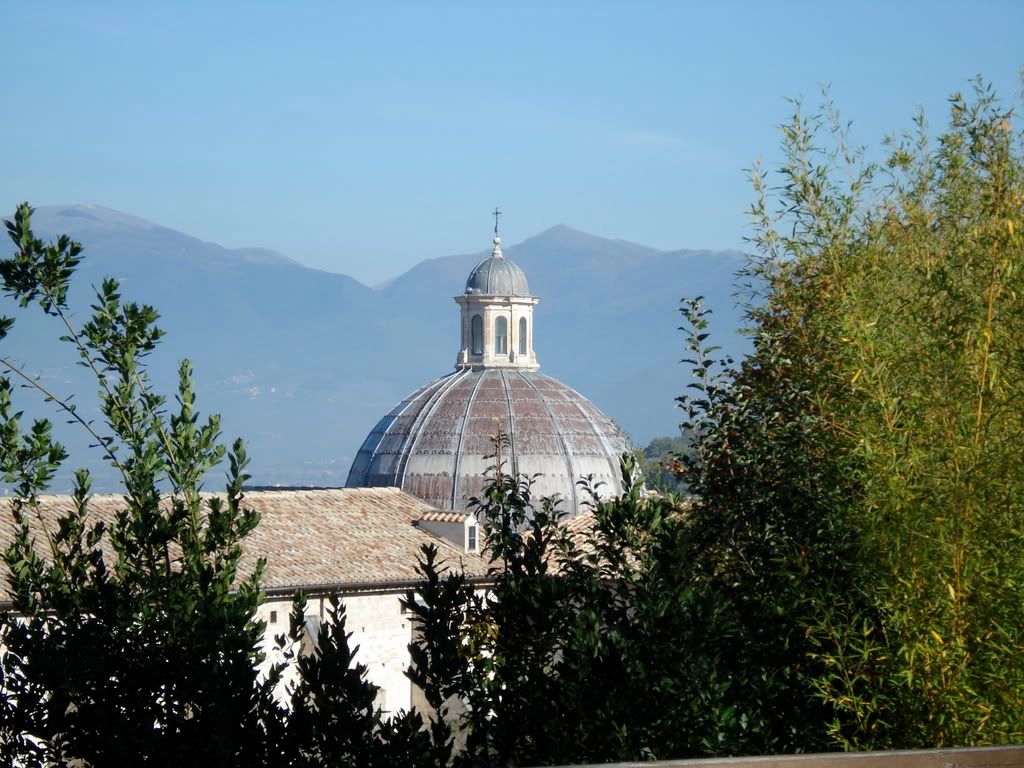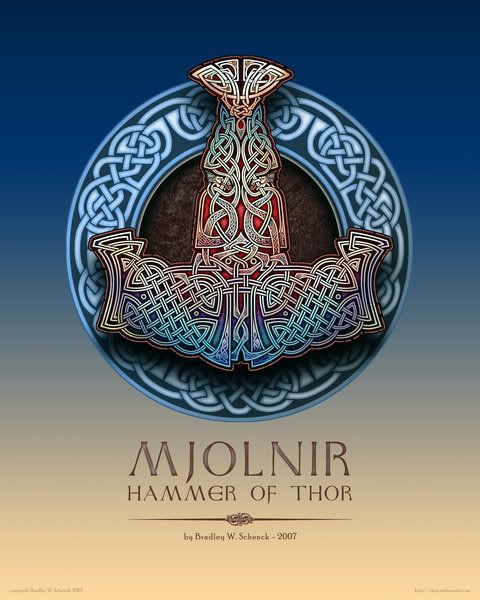This text was taken from the Traditional Stregheria Yahoo Group forum. My comment is the third one. It's easy to forget that the Langbard "duchies" of Spoleto and Benevento in Southern Italy continued on long after Charlemagne destroyed the Langobard Kingdom.
**************************************************
Hey everyone. I hope you are all having a wonderful holiday season!!!! :O)
So, I have a short topic for discussion, if anyone might find it interesting?
I was wondering what any of you who share an interest might think, and/or if there are experts on the subject here, about the Lombard worship of Odin in Benevento, the "golden viper" of Duke Romualdo and his father King Grimoaldo and the rites being performed in the sacred wood there, versus the older Pagan traditions being practiced there before (and continuing during) Lombard rule? Especially since it was during this time that the story of the Walnut tree being cut down, etc., comes to us. I.e., Nerthus vs Diana, conflation of serpent veneration between cultures, conflation of other rites and customs, etc. Any thoughts?
 |
| Spoleto |
Thanks! Love, Li
**************************************************
Holiday Blessings to All!
As Sicily was invaded by about four or five other nations/cultures I am sure there is more cross-over than we would think. I know, for instance, that a burial site of a Celtic king was found in Italy, so I would imagine it wouldn't be too much of a stretch to assume that Sicily also has many influences including the Viking-originated Odin-worshippers.
[CR]
**************************************************
Hi Li,
There were about half a million Langobards and their allies who invaded the north, and most were Germanic pagans (aka “Odinists” – although they referred to him as Godan). They seemed to continue with it until the rein of Queen Theodelinda, who promoted the Catholic Church.
 That’s a good question, what about the southern
duchies? I could be wrong, but it seems to me that in the north the
Langobards were mainly living in the centers of power.. the cities; so
it doesn’t appear to have influenced the ‘old religion’ in the
countryside.. such as the Valtellina.
That’s a good question, what about the southern
duchies? I could be wrong, but it seems to me that in the north the
Langobards were mainly living in the centers of power.. the cities; so
it doesn’t appear to have influenced the ‘old religion’ in the
countryside.. such as the Valtellina.Just the info that you shared is fascinating. I had never heard of that before. Long before, in many places in Europe, Odin (also Tyr possibly) was conflated with the local “horned god.” Cernunnos was very likely one such result from that; and Sirona possibly may have originated from the old goddess with Freya perhaps.
Some of this various “combining” can be confusing... and may well have led to very local goddesses and gods with their real origin lost in time. In some cases, unfortunately, the heads of some of the old statues were broken off to make way for a new deity; and the culprits weren’t just Christians either. I find it amazing that the Old Religion has survived so many influences largely unchanged. Even the Etruscans were really just another incoming “influence.” So different regions have different flavors of the same basic thing.
I wish I could add something to what you presented. I can already see that there are items on this subject online to look at, as here:
http://www.tizianoweb.com/1/strega_alberti_1468277.html
In some forest locations in central Europe, a “red cross” was placed at the exact locations of formerly sacred Odinic sites, such as Irminsuls, which Charlemagne had demolished. Apparently this was a way of disguising it; forcing it to become underground… “occultic.”
~Merry Blood Moon~
Camunlynx
.


No comments:
Post a Comment